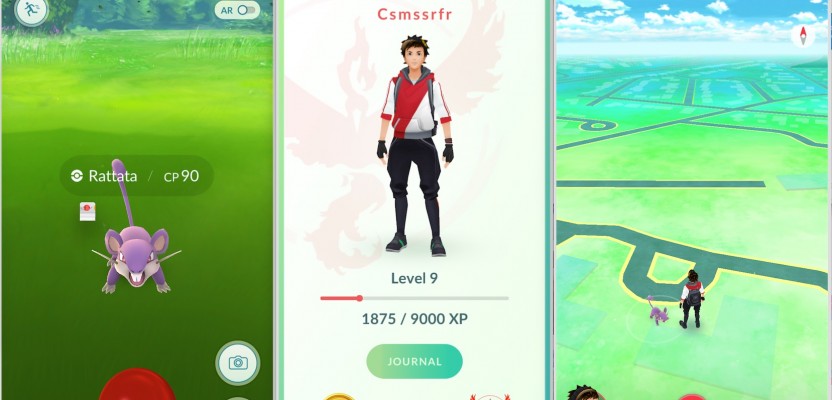We want integrated, interoperable systems that are robust and cost-effective
Geospatial technology is so entrenched in our daily routines that we often forget we’re using it. I search for map directions at least once a day, whether for a restaurant or for a time of arrival to my daughter’s daycare. And millions of people have succumbed to the Pokémon Go app game, running around catching virtual creatures that appear when the gamer arrives near actual landmarks.
For me, a common denominator sticks out: we take for granted the availability of GPS at our fingertips. This is especially true when impatience sets in because we don’t get instantaneous position fixes. It’s a true marvel of technology that radio signals emitted from high-orbit satellites (32 active at last count) can transmit sophisticated data to the user. Upon arrival, these signals are relatively weak as they travel significant distances, are severely complicated by solar activities and Earth’s atmosphere, and are deciphered by cheap receivers and antennas amid strong radio-frequency interferences. Yet, they can still give you positioning accuracies in centimeters.
But the successful mass adoption of GPS leaves us vulnerable. As GPS is used for PNT (positioning, navigation, and timing), it also affects sectors that the original GPS creators didn’t consider, such as utilities, wireless communication, financial markets, etc. We are also entering the age of robots with autonomous vehicles for land, air, and water, which will increase our dependency. So it’s no surprise that both military and civil sectors are seeking backup systems.
In this issue, we follow The Aerospace Corporation, the independent, U.S. government-funded research and development center that helped develop and evaluate the first GPS back in the 1960s. They are now tasked with making PNT more robust and flexible, and their findings are converging not on a GPS replacement but on an open framework that integrates multiple technologies to augment GPS.
This makes sense: geospatial technology is developing at such a crazy pace, for consumers, professionals, and everyone in between, and it has to work together for everyone. We want seamless GNSS interoperability with other global and regional systems. We want integration with inertial sensors. We want our outdoor systems to be robust and cost-effective.
Then, there’s the frontier of the “great indoors” (see Indoor Positioning in xyHt, Feb. 2016). Hundreds of startups are working on indoor positioning systems using Wi-Fi and bluetooth beacons, as well as non-radio systems such as magnetic and light-fidelity positioning. The release of cheap imaging sensors, powerful mobile devices, augmented reality, and robots are fuelling the growth of image-based navigation.
The challenges for the next-generation PNT are multi-system integration and the “handoffs” between them. One can envision a near-future when outdoor, real-time positioning transitions seamlessly to a multi-system indoor solution where the most accurate combination of technologies is chosen by a mobile device in your hand, on your face, or on your eye. And we’ve only discussed the PNT side. We’ve barely mentioned the seamless meshing of applications and location-based interactions between the virtual and real worlds.
This is not a bubble that will burst. It’s the realization that we want geospatial information at all times.

